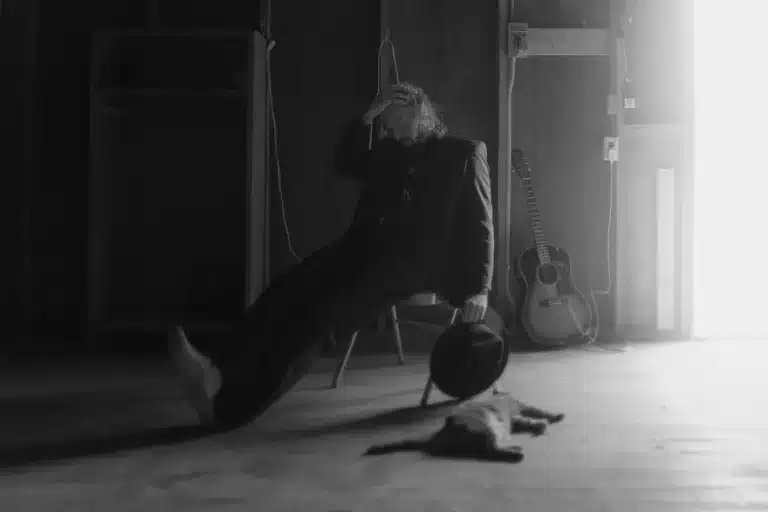My last post provided some observations I had while following the tracks of a couple of foxes in the snow. The two tracks, one from a male and the other a female, had come from opposite directions and met in the middle of a meadow where it was obvious there had been a happy reunion. After this, the tracks took off side by side and I continued to follow them close to a creek.
Eventually, the two sets of tracks parted and went separate ways. Except when raising their young, red foxes usually do not sleep in dens, but stay out in the open, curled up with their tails over noses and feet, often becoming covered by falling snow. I know that within the next couple of weeks the two lovers, who call to each other when apart, will meet again and again. By the middle of January they will be nearly inseparable.
Two months later in March, the vixen will be staying close to the den in which she has chosen to give birth to five or six pups. While the male red fox brings food back to the den for himself and the vixen, the first part of the pups’ life will be indoors, suckling nourishment from their mother. About a month later, the whole family will emerge from the den. The pups’ first bit of solid food is meat regurgitated by the mother. Soon, though, their time will be spent playing with the mice or voles brought to them by the parents. This play is actually teaching them the hunting skills they will need in order to survive when they strike out on their own in the fall.
Traveling up to 150 miles or more in search of their own territory (one male was recorded journeying close to 300 miles), the pups will mature and find mates of their own—ensuring that you and I will have tracks to follow in the snow for winters to come.







